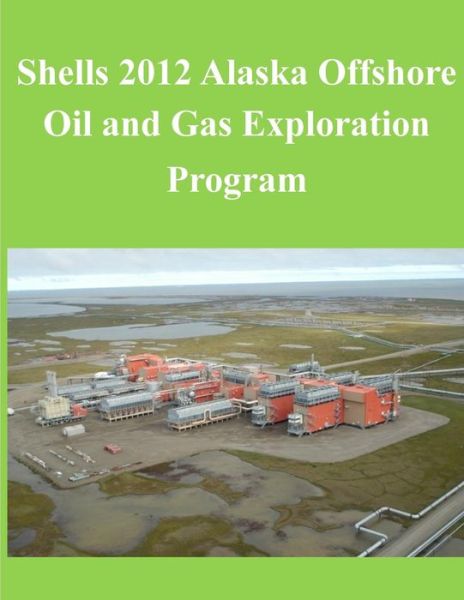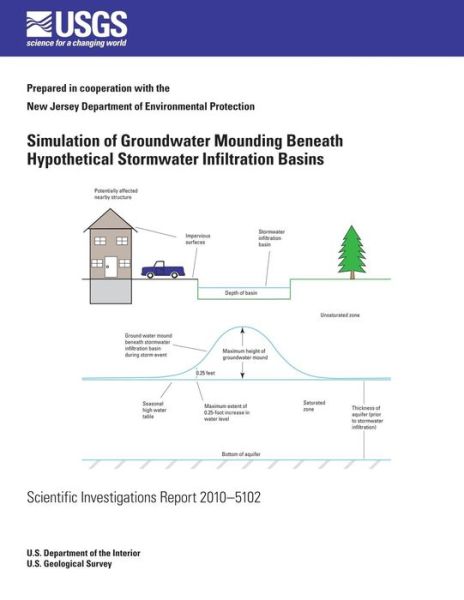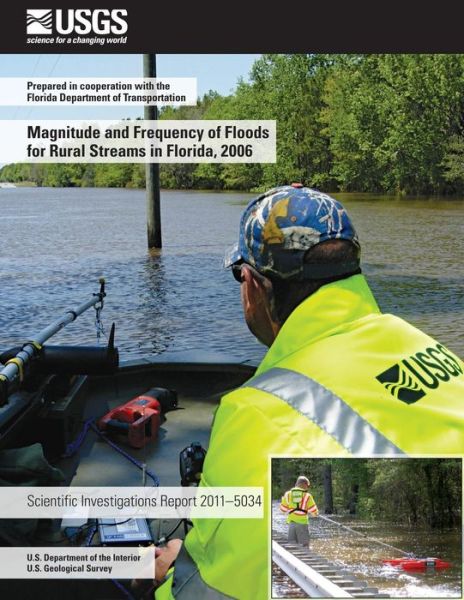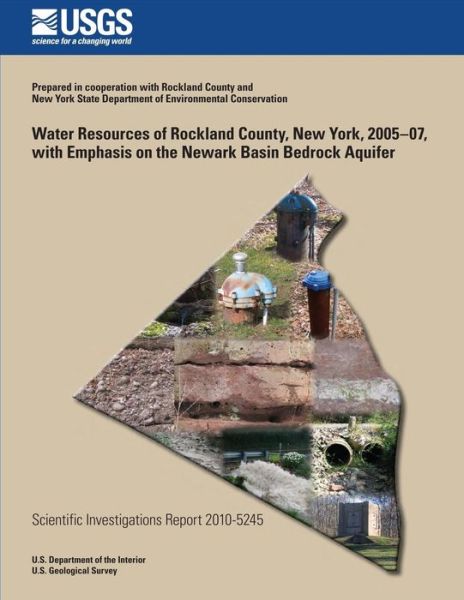
Tell your friends about this item:
Temporal Chemical Data for Sediment, Water, and Biological Samples from the Lava Cap Mine Superfund Site, Nevada County, California?2006?2008
U.s. Department of the Interior
Temporal Chemical Data for Sediment, Water, and Biological Samples from the Lava Cap Mine Superfund Site, Nevada County, California?2006?2008
U.s. Department of the Interior
The Lava Cap Mine is located about 6 km east of the city of Grass Valley, Nevada County, California, at an elevation of about 900 m (fig. 1). Gold was hosted in quartz-carbonate veins typical of the Sierran Gold Belt, but the gold grain size was smaller and the abundance of sulfide minerals higher than in typical deposits. The vein system was discovered in 1860, but production was sporadic until the 1930s when two smaller operations on the site were consolidated, a flotation mill was built, and a 100- foot deep adit was driven to facilitate drainage and removal of water from the mine workings, which extended to 366 m (Ash, 1941; Chandler, 1941). Peak production at the Lava Cap occurred between 1934 and 1943, when about 90,000 tons of ore per year were processed (Clark, 1970). To facilitate removal of the gold and accessory sulfide minerals, the ore was crushed to a very fine sand or silt grain size for processing. Mining operations at Lava Cap ceased in June 1943 due to War Production Board Order L-208 and did not resume after the end of World War II.
| Media | Books Paperback Book (Book with soft cover and glued back) |
| Released | March 4, 2014 |
| ISBN13 | 9781496046369 |
| Publishers | CreateSpace Independent Publishing Platf |
| Pages | 46 |
| Dimensions | 3 × 216 × 279 mm · 136 g |
| Language | English |
More by U.s. Department of the Interior
See all of U.s. Department of the Interior ( e.g. Paperback Book and Hardcover Book )

































